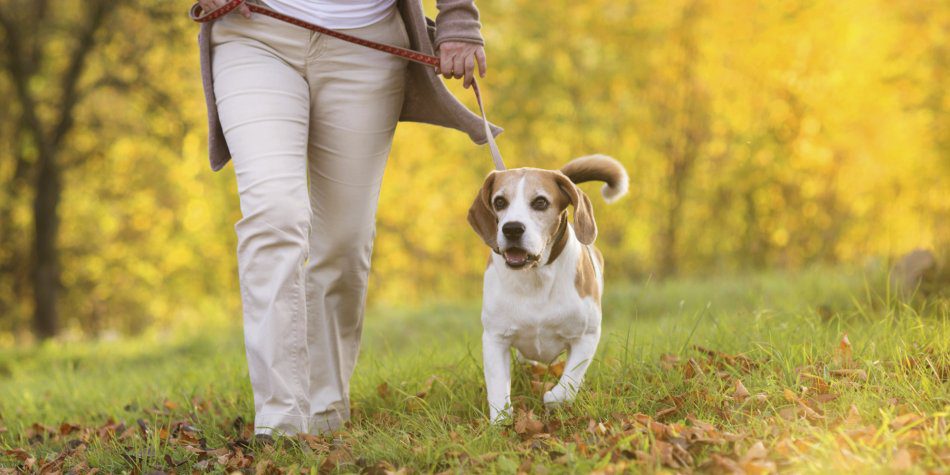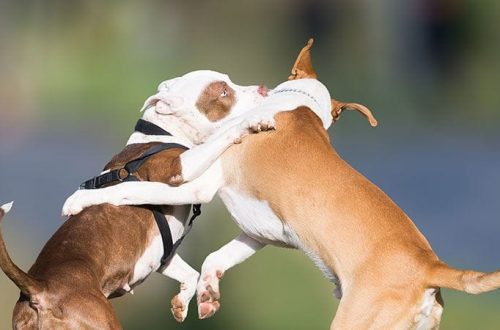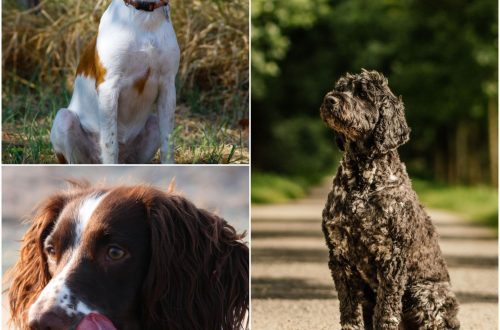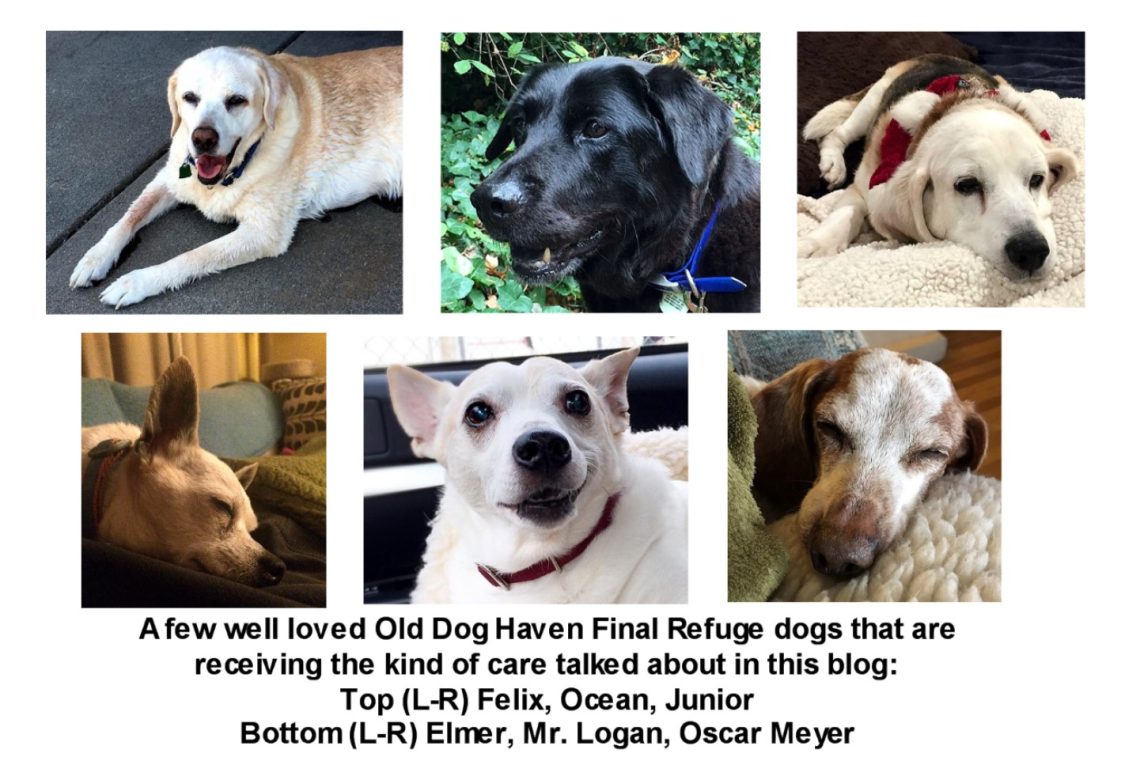
Old dog: changes in the body
Older dogs go through changes in their bodies that make life difficult for them. What is happening to older dogs and how can we help them cope with age-related ailments? 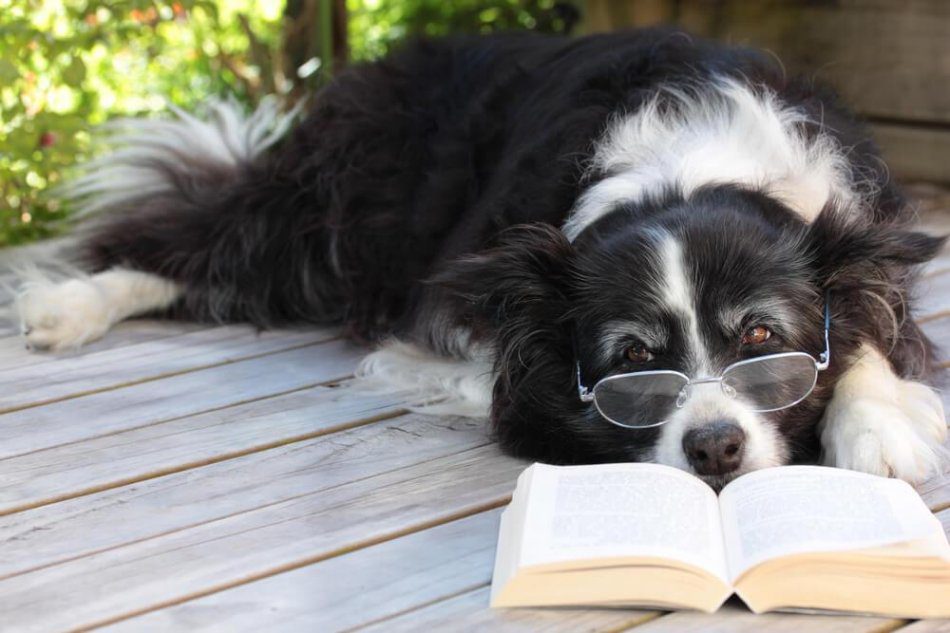
Signs of Aging in a Dog
The first sign of aging is a decrease in activity, that is, sleep time increases, it becomes deeper and less sensitive. The second sign of dog aging is the quality of the coat. The old dog’s coat becomes duller and grayer. Gray hair appears in the area of the muzzle, nose and lower jaw, above the eyebrows. Sometimes the hair around the eyes falls out. However, a change in coat color is not always a sign of aging. Also, an old dog often has a decrease in appetite or changes in needs. They don’t eat well because their digestion slows down, they drink more fluids. Excessive drinking may indicate kidney disease or other diseases.
Be sure to adjust the diet for the dog to take into account all the current needs of the body. You need to switch to lighter foods that are easier to digest and contain a little less protein to reduce the burden on the kidneys.
Diseases of old dogs
Often in older dogs, the digestive tract suffers. This can be expressed in a disorder of the stool in any direction: it can be both diarrhea and constipation. Vomiting with food or bile may also occur. The main thing is to make a correct diagnosis in order to exclude a viral infection. Heavy dogs are more prone to gastritis. In older dogs, the musculoskeletal system often suffers. They suffer from arthritis and osteoarthritis, they often have arthrosis. The first symptom of these diseases is rigidity – slower movements. The dog moves as if it is constrained by something, there is no plasticity, the movements are tight. When the dog disperses, its condition may improve.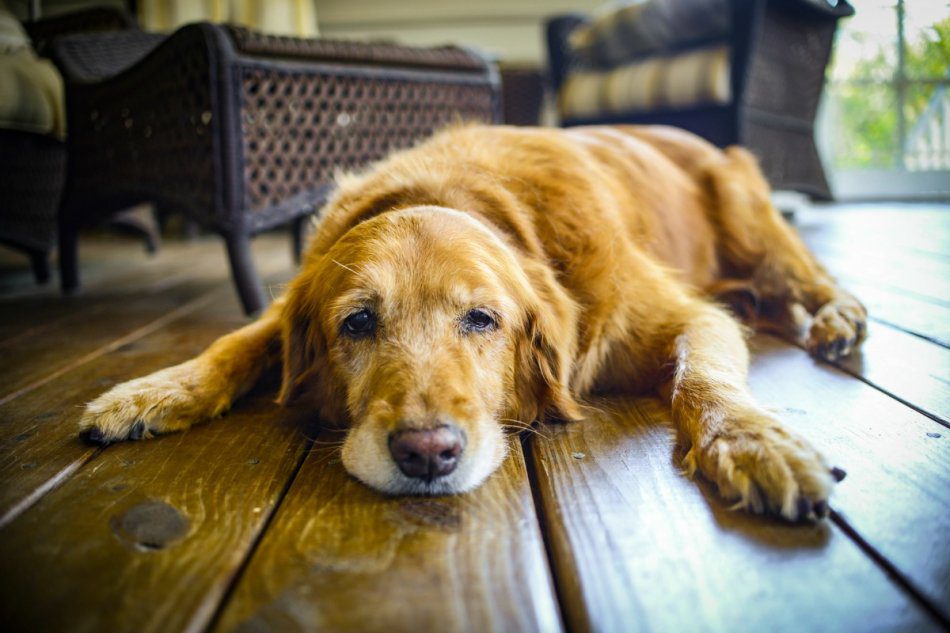 Older dogs often tighten their hind legs.
Older dogs often tighten their hind legs.
If you notice any of these symptoms, do not put off a visit to the veterinarian.
One of the common diseases of older dogs is the deterioration of bladder function. They cannot tolerate, perhaps involuntary urination or more frequent urination. If you notice these symptoms, the main thing is to rule out inflammatory diseases of the urinary system. If there are no inflammatory diseases, you should pay attention to the frequency of walking. Walk your dog as often as possible. Remember that a dog cannot completely empty its bladder in one sitting, they need several visits for this. Older dogs are also often prone to hearing and vision loss. In the early stages, these diseases are often impossible to determine. becomes taller), the dog often barks for no apparent reason and may ignore your call. With early vision loss, the dog begins to react worse to bright sunlight or darkness, may bump into furniture and walls, cataracts or damage to the cornea. In this case, it is worth contacting a veterinarian, because many of these processes can be slowed down.
How to help an old dog?
For the comfort of the dog, you need to maintain the usual conditions in the house, do not rearrange the furniture, try to walk in the environment familiar to her, do not choose new routes. If, nevertheless, new routes are chosen, then the dog should be walked on a leash.
